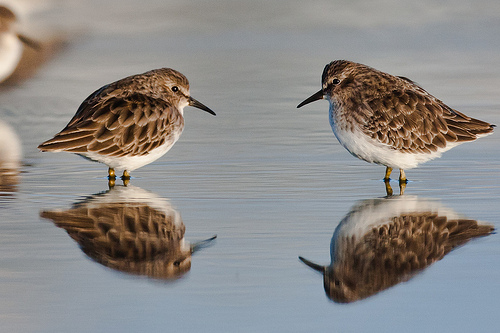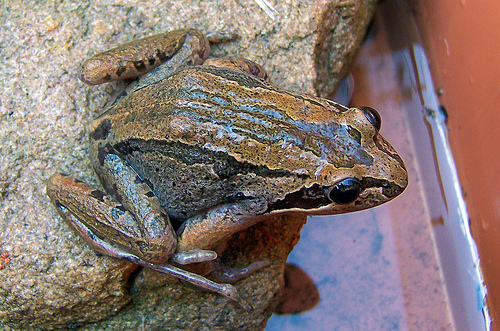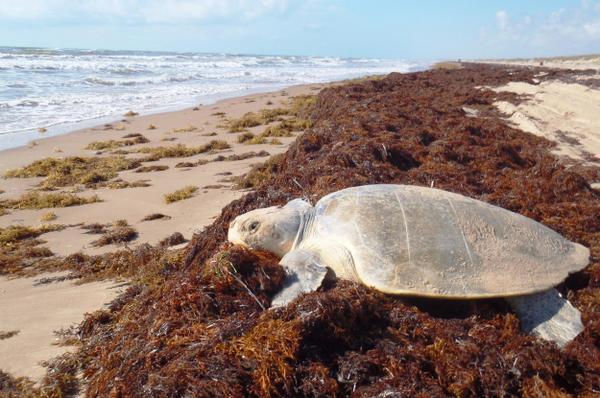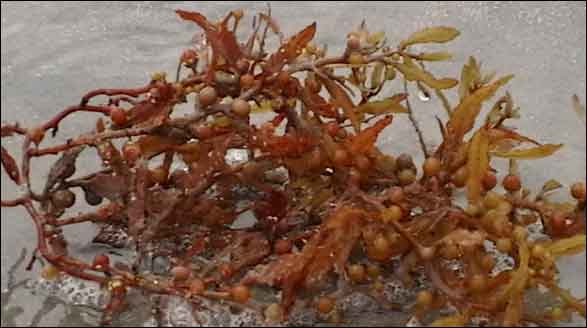TPW Magazine: August / September Preview
Wednesday, July 10th, 2013This is Passport to Texas
It may be summer in Texas, but the August/September issue of Texas parks and Wildlife magazine is focused on fall. Editor, Louie Bond.
61— Well, you know, there’s that hint of fall in the air in August nights, and certainly in September, and I think our two features in this fall issue are so appropriate. The first is about two incredible birders. Now, I participated in my first Great Texas Birding Classic this year, and it was very exciting, but it was nowhere near the caliber of these two guys: David Shackelford and Phil Rostron, who have each seen over 8-thousand birds. They are both in the top 10 lists of birders. And Russell Roe, our managing editor, writes a very compelling look at these two very different birders who have achieved this great milestone. And then, our own Dyanne Frye Cortez has taken on what I like to do. I remember when I moved to the country I went out and picked dewberries until my hands were purple and my legs were bleeding scratched. So, she shares with us the best way to harvest agarita, prickly pear, dewberries and Texas persimmons, and all those great wild Texas fruits – and what to do with them after you’ve harvested them. So, I hope you’ll go on a little fall outing with us and read this issue.
Thanks, Louie.
The August/September issue of Texas parks and Wildlife magazine is available on newsstand or by subscription. Learn more at tpwmagazine.com.
For Texas Parks and Wildlife…I’m Cecilia Nasti.







 Passport to Texas is a
Passport to Texas is a  Passport to Texas is made available by:
Passport to Texas is made available by: